While on a recent trip to Australia, I had the opportunity to see a local act in Sydney. Admittedly, my experience with Australian music is limited. Having never been to the country prior and only learning of Aussie artists (Courtney Barnett, Tame Impala, the Chats, Dune Rats) via their prevalence in North America, getting on the ground floor of Down-Under talent was a real treat.
We arrived at The Lord Gladstone, a dive bar in Sydney’s Chippendale neighbourhood (not that kind of Chippendale), to see the first act of a three-band bill. What was initially supposed to be Dominic Breen with his full band ended up just being Dominic Breen. Dominic, or Dom, is a friend of my partner’s cousin, who we were staying with. This friend-of-a-friend connection made talking to him easy and gave me high expectations, given the fantastic musical taste of our hosts.
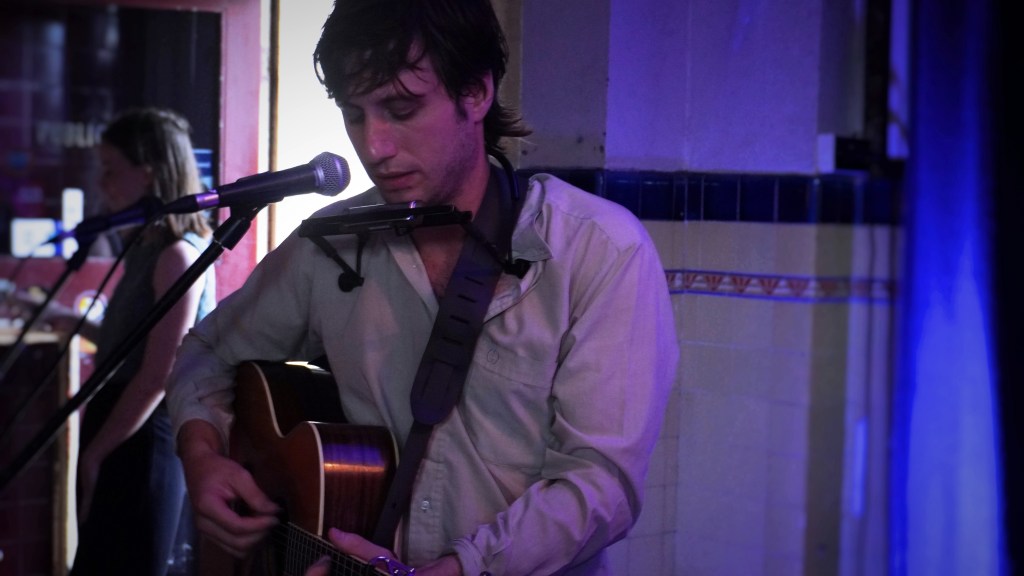
Dom was already playing when we got there. He had a simple appearance: donning an oversized button-down and cords, each in a shade of khaki, and what could have been curls glued to his head in the evening humidity. He looked much more like someone you would see in Vancouver or Montreal, far different from the beachy vibes of Sydney.
Breen played a mosaic of traditional Irish folk music and his original songs. While, again, I have little experience with or knowledge of Aussie music, his sound reminded me more of the American Pacific Northwest and less so of Inner-West Australia. He played a single acoustic/electric guitar with overdrive and delay, paired with whiney vocals. I traced the maze of cables on the floor to see which pedals and amps he was using and which were set aside for later acts, with no notable success, aside from being able to point out a tuner. Halfway through the set, Dom noticed that his guitar had been out of tune the whole time and proceeded to continue playing without ever actually tuning it. Perhaps it was that his music was just genuinely that good, or maybe the slight dissonance of a few out-of-tune strings played into the haunting melodies he made.

When Dominic describes his original music as having a “traditional spine with modern clothes,” it is clear he is fully aware of how deep his traditional influence goes. When introducing an original song, he said, “That’s enough trad stuff. This is indistinguishable from trad, though.” Like the trad he played before, Breen’s original songs are not happy. They are by no means danceable bops, but they are fantastic. The kind of music he plays, whether written originally or interpreted from hundreds of years of tradition, sinks into your bones and chills you to your core, inciting a shiver you can’t shake. Dominic would introduce some songs as hopeful, but hopeful does not always mean happy. “It’s meant to be hopeful,” He would say, “sounds un-hopeful, though.”
We chatted briefly with Dom outside after his set, where I asked him a few formal questions. He describes the local scene as cliquey (which is no surprise, aren’t they all?), and he aspires to one day own a mansion and be asked for his opinion on everything. I did not ask him for his opinion on everything, as that would’ve taken far too long.
Aside from the obvious Irish traditional inspiration, Breen also cites Joni Mitchell, Alvvays, Hank Williams, Leonard Cohen, and Bob Dylan as his muses. Luckily, he was not offended by the comparison I made to an emo Bob Dylan after he pulled out a harmonica for a few songs. It’s clear that Breen has a deep connection to music history and proudly shares his influences when other artists might cite obscure art-rock in an attempt to sound more impressive than they are. For Dom, it’s clearly an honesty thing and a source of pride to show where he comes from sonically. Still, it was refreshing to hear an artist speak so passionately about their genuine lineage of influence.
When the music started up again and we went back inside, I was disappointed. The second artist played along to a prerecorded 80s dream-pop synth and drum track. He sang in a half-yelled shoegaze style as he strummed dreamy chords from a daisy yellow SG. This artist described one of his tracks as “kind of like rock n roll, kinda surf.” Still, it had the same pastel periwinkle sound as everything else he had played, soulless in comparison to the heavy-hearted melodies of Dom’s melancholic crooning.
I spent the rest of the night reflecting on what hope sounds like. The headliner, Ricky Albeck and his band, played an (unreleased at the time of writing) song about having a hit single on the radio but an imperfect relationship. The song sounded more hopeful than any of Dom’s tracks did, but is someone with a hit single and reaching for the stars more hopeful than someone on the down-and-out dreaming of simple happiness? Though their aspirations are different, perhaps their mentality is the same. Hope is a fickle thing to give sound to: the sound of one’s optimism can only match the beat of one’s heart. That night, my heart drummed to the beat of Australian indie folk-rock, and I hoped that more people would hear it.
Listen to Dominic’s newest single, The Pits, out now.
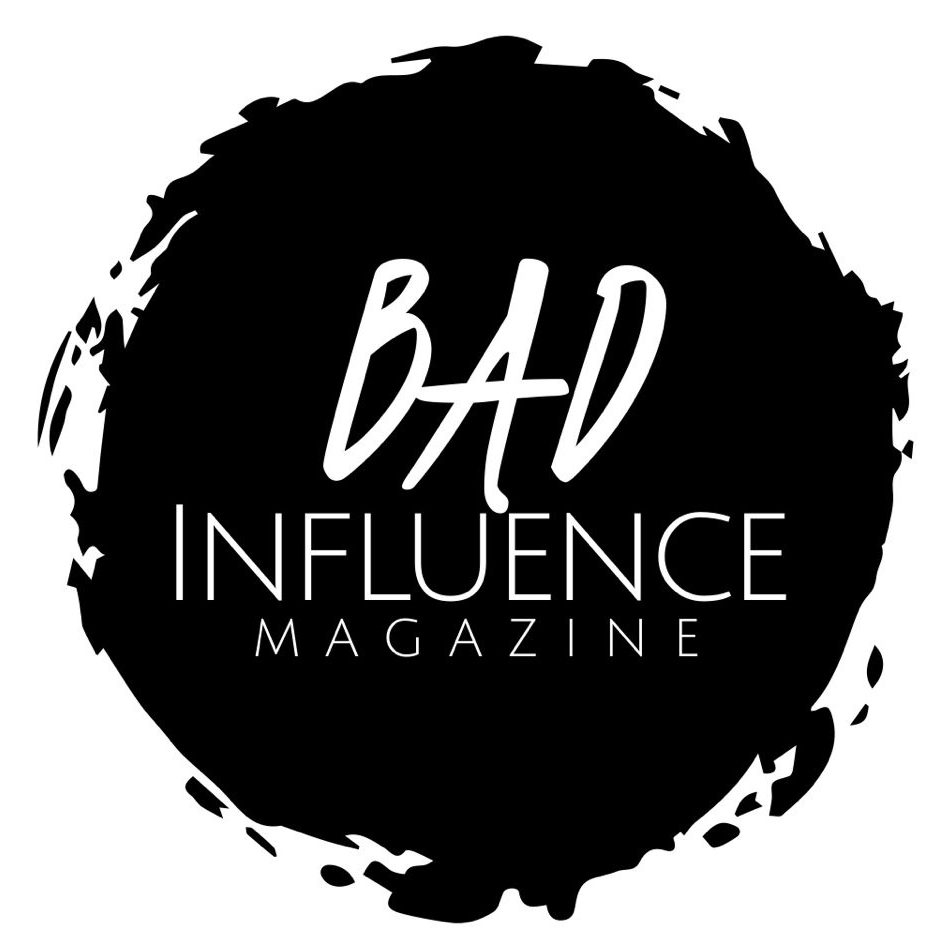
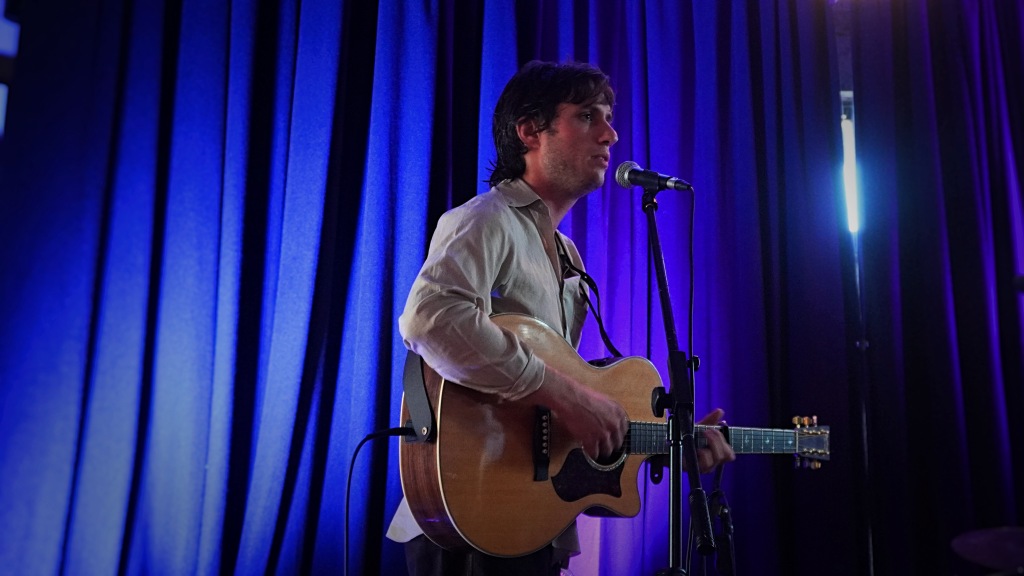
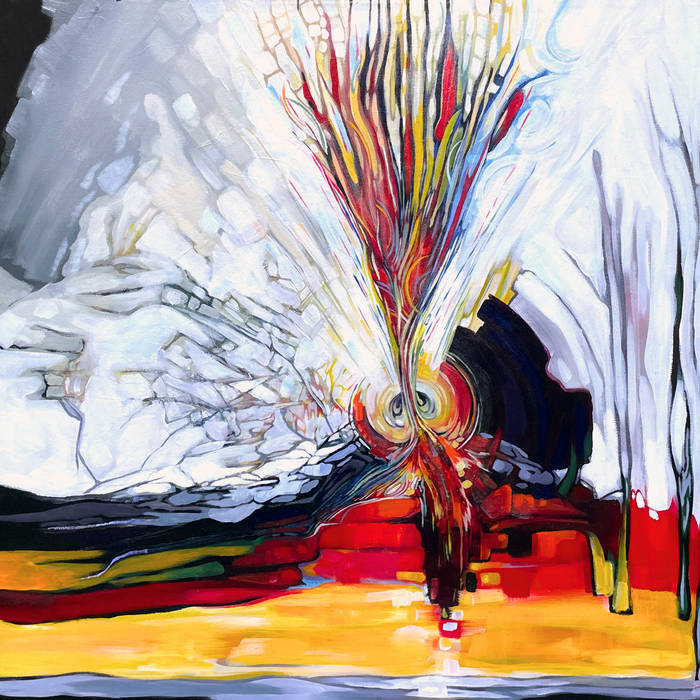
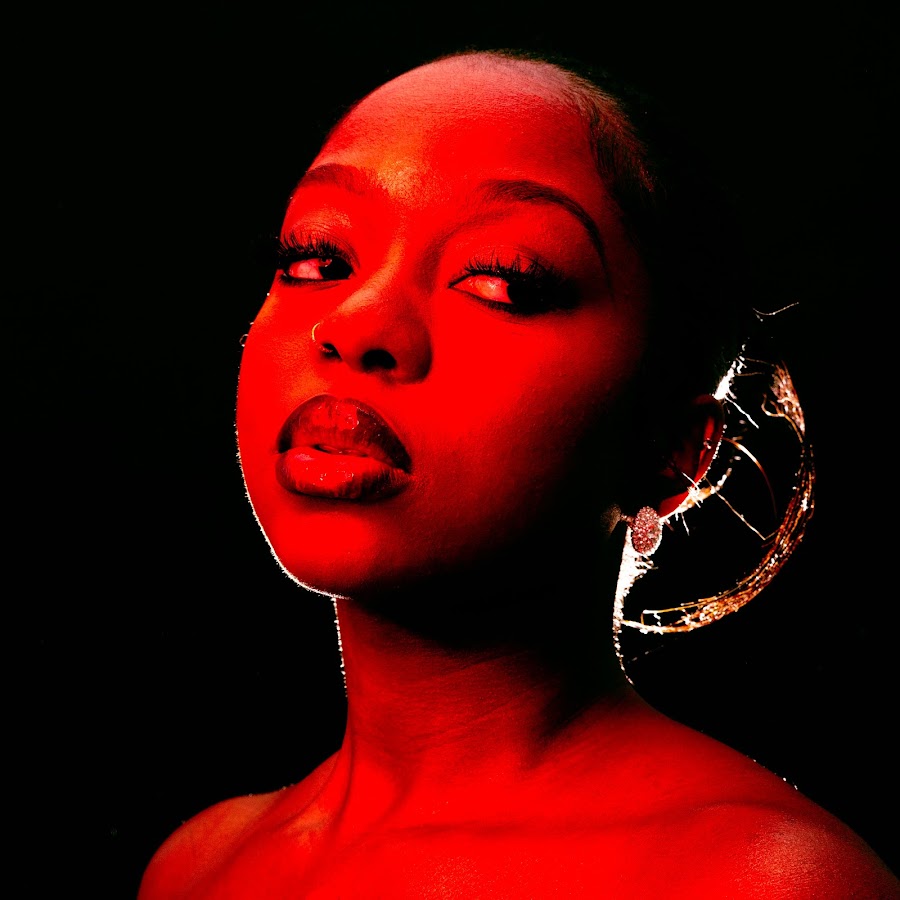

Leave a comment